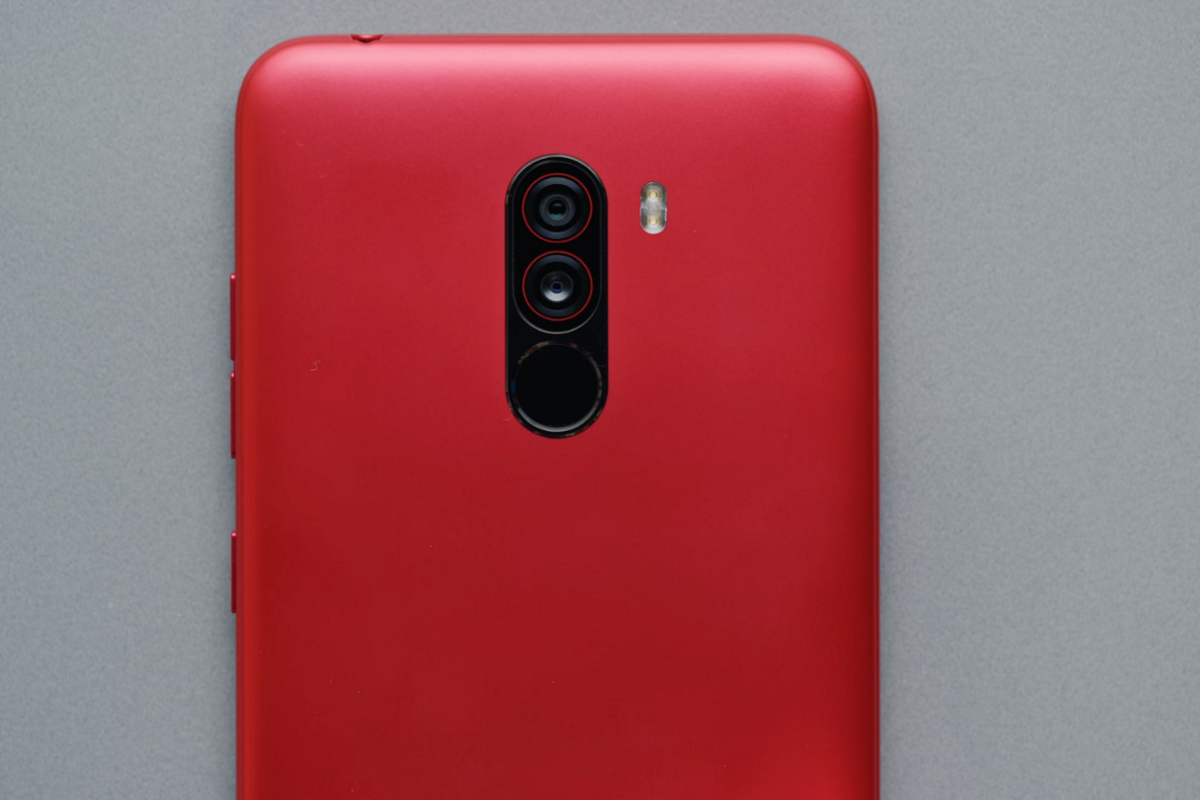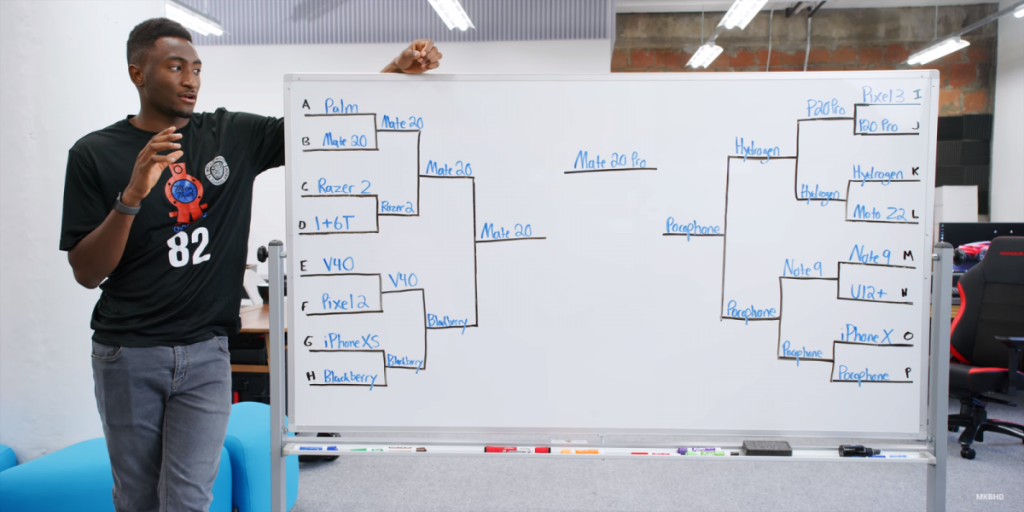Xiaomi's devices are known not just for their specifications, but also for their value for money factor. While the specifications may not always beat the competition, their aggressive pricing makes it very hard to not recommend the devices, especially to people on a tight budget. Such is also the case for the Xiaomi POCO F1 -- a $300 smartphone that perfectly fits into the "affordable flagship" category pioneered by the OnePlus One. Not only do you get an impressive set of specifications, you get so at a price that is really hard to ignore. There are a few shortcomings to the device, notably in the choice of build materials (subjective, as some people like myself would prefer a polycarbonate back over a glass back) and a few other areas. The camera is also seen as a shortcoming, mainly because even the premium segment phones are unable to get it right.
But what exactly are we looking for, when judging camera performance for a smartphone? What makes a smartphone camera "good"? Popular YouTuber Marques Brownlee aka MKHBD conducted his yearly blind smartphone camera test, pitting 16 popular devices against each other in a knockout format, to decide which phone amongst the sixteen offered the "best" camera performance.
The devices in the test included heavyweights like the Google Pixel 3, the Samsung Galaxy Note 9, the Apple iPhone XS, the LG V40, the Huawei Mate 20 Pro, and others.
MKBHD's blind camera comparison test crowned the title of "best" camera performance to the Huawei Mate 20 Pro, which isn't all that surprising since the device does pack in an impressive camera unit on paper at least.
What is really surprising is that the $300 Xiaomi Poco F1 managed to come close to winning the blind test! It did yield the winner's spot to the Mate 20 Pro, but not before performing "better" than premium-end flagships like the Samsung Galaxy Note 9 and the iPhone X.
Before you go all in and question the objectivity of the test, know that there isn't any objective analysis here. The entire blind camera comparison is highly subjective in nature -- even more so as Marques polled his Twitter and Instagram followers for their opinion to arrive at the result above. The devices are unknown, and the whole comparison proceeded in a knockout fashion on the merits of a singular photo every round. Similar scenes were shot through the phones and then uploaded to the social media platforms, mimicking the process flow of average consumers (and also introducing compression technologies employed by these platforms). The polling was done by other users, who would have seen the images on their smartphones and who were asked to choose the "better" photo between two options, thereby amplifying the subjectivity variable. The end result is that even the most experienced of YouTubers were really surprised with the end results, many of whom actually chose the Xiaomi Poco F1 as the "better" shot in the blind test.
This whole exercise shows that scores like DxOMark can end up meaning very little in the end, and that the law of diminishing returns is a very real thing. Smartphone cameras have improved vastly in the last few years, to the extent that most smartphones should be able to serve the average consumer without breaking into a sweat. If all that you are going to do is click a photo, upload it onto Facebook or share it on WhatsApp, you really do not need a $1,000 flagship to get a good shot. The mid-range of current generation smartphones can work as good as premium segment smartphones for most of our needs, if not better.
So the next time you have to choose between a $300 mid-range phone and a $1,000 premium device just for the better camera, ask yourself the question: Do I really need to spend this much money?


